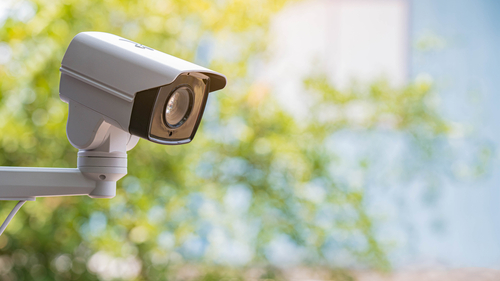The responsibilities of a CCTV installer can vary depending on the specific terms of the contract or agreement with the client, as well as local regulations and industry standards.
However, here are some general responsibilities that CCTV installers typically have:
1. **System Design**: The cctv installer is often responsible for designing the CCTV system based on the client’s requirements and the layout of the premises. This includes determining the number and placement of cameras, selecting appropriate equipment, and designing the overall system architecture.
2. **Installation**: The primary responsibility of the installer is to physically install the CCTV system components, including cameras, cables, DVRs/NVRs (Digital Video Recorders/Network Video Recorders), monitors, and other necessary equipment. This involves mounting cameras securely, routing cables discreetly, and ensuring that all components are connected properly.
3. **Compliance with Regulations**: Installers must ensure that the CCTV system complies with all relevant laws, regulations, and industry standards governing surveillance and privacy. This may include obtaining permits or approvals from local authorities, adhering to data protection regulations, and respecting individuals’ privacy rights.
4. **Testing and Commissioning**: Once the installation is complete, installers are responsible for testing the entire CCTV system to ensure that it functions correctly. This includes checking camera angles and views, verifying video quality, testing motion detection and recording capabilities, and ensuring that remote access and monitoring features are working as intended.
5. **Training**: Installers often provide training to the client’s staff or designated users on how to operate the CCTV system effectively. This may include instruction on accessing live and recorded footage, using monitoring software or apps, adjusting camera settings, and responding to security incidents.
6. **Documentation and Handover**: Installers should provide the client with comprehensive documentation related to the CCTV system, including equipment manuals, wiring diagrams, system configurations, and warranty information. They should also conduct a formal handover of the system, ensuring that the client understands how to use it and where to find support if needed.
7. **Maintenance and Support**: While not always included in the initial installation agreement, many installers offer ongoing maintenance and support services. This may include periodic system checks, software updates, equipment repairs or replacements, and technical support for troubleshooting issues.
Overall, a CCTV installer’s responsibility is to deliver a fully operational surveillance system that meets the client’s security needs, complies with regulations, and operates reliably over time. Communication with the client, attention to detail, and adherence to industry best practices are essential for fulfilling these responsibilities effectively.
With ACPonline you are covered for all of the above.
Check out our CCTV Services





